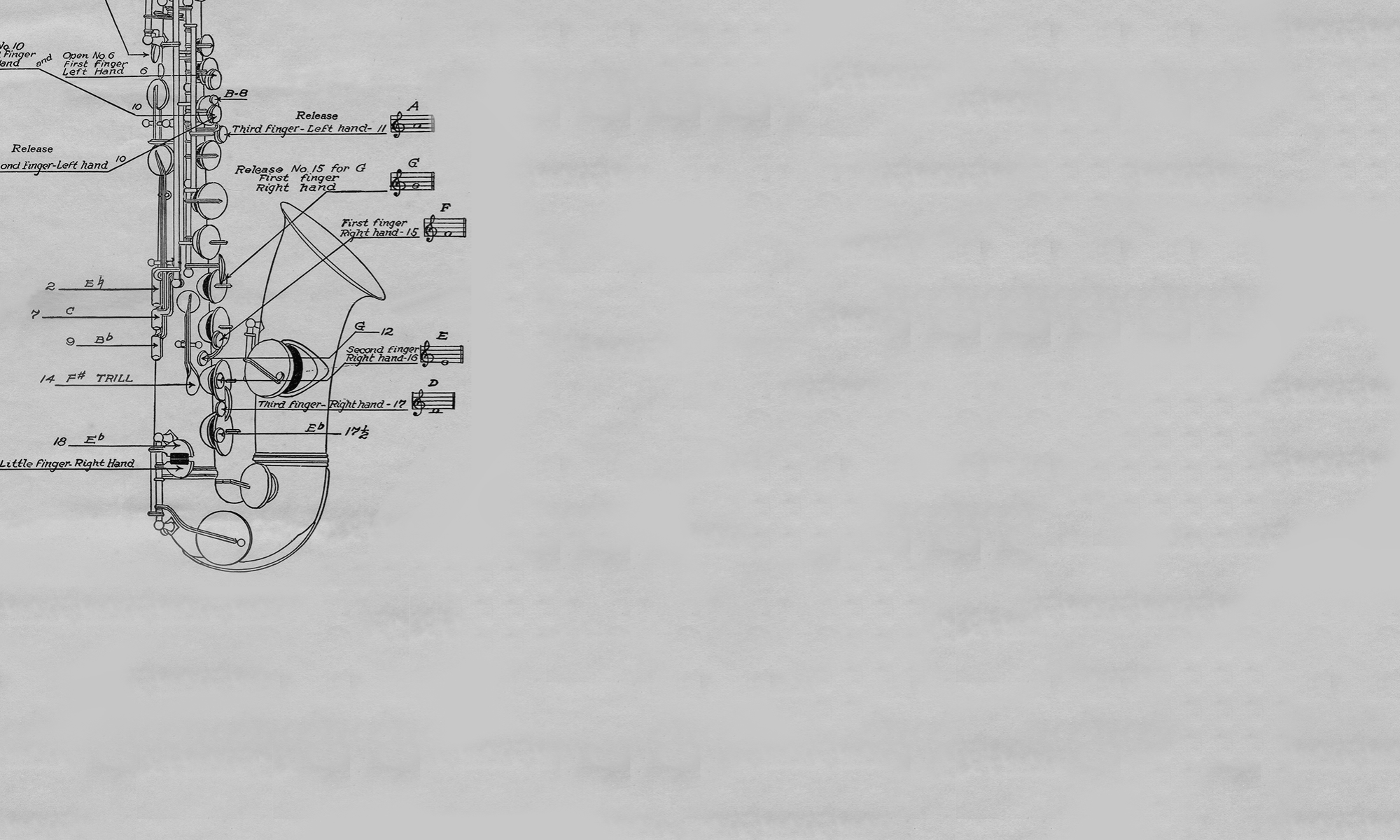from the Bruce Vermazen Research Papers on Tom Brown
During America’s roaring 1920s, interest in learning the saxophone grew exponentially. In 1925, the Brown Music Company began printing semi-annual newsletters for both their music students and people interested in learning to play the saxophone. Leading saxophonists from around the country wrote the articles for each newsletter and their varied topics typically focused on either music performance or the best ways to practice the saxophone. A frequent contributor was the renowned saxophonist Rudy Weidoeft who was a leading ragtime performer during the 1920s. In his article, he explains that the mastery of the “real rudiments of saxophone playing [must include] good tone, proper intonation, and a thorough familiarity with all [melodic] scales.”

The first two years of Tom Brown’s music store saw a steady growth of music instrument sales, and in 1922 started offering music lessons to a small number of students. However, by the beginning of 1924, the music store’s enrollment had grown to nearly 500 students who regularly overwhelmed the store’s five classrooms and rehearsal auditorium each week. As student enrollment continued to outpace the music store’s space at its 17 West Lake Street location, Brown moved his company down the block to 32-34 West Lake Street in 1926. This new location provided 9,000 additional square feet of space allowing Brown to increase the number of teaching studios and rehearsal space for his students. In addition, he established a second music store near Chicago’s Union Station as well as a specialized band and orchestra school in Valparaiso, Indiana.
